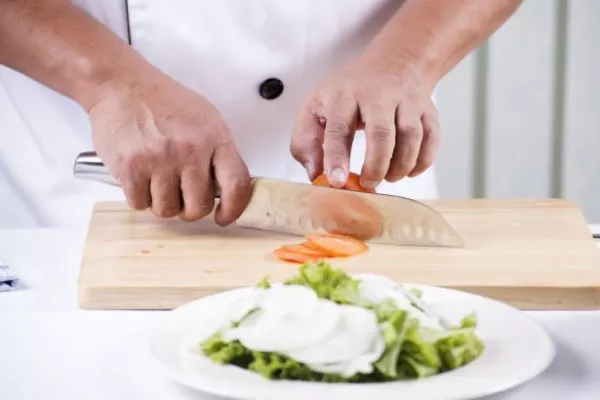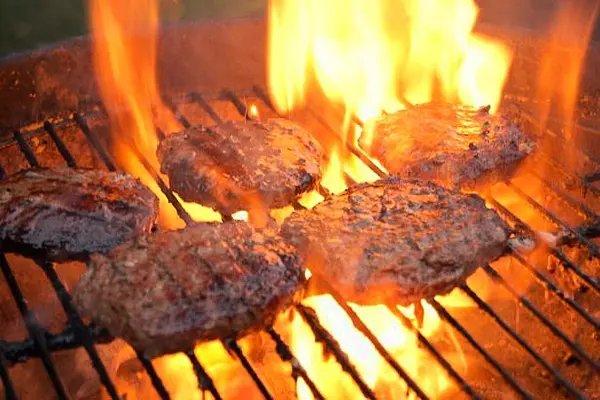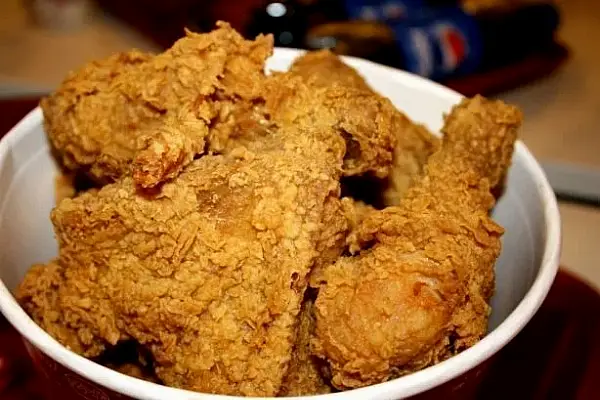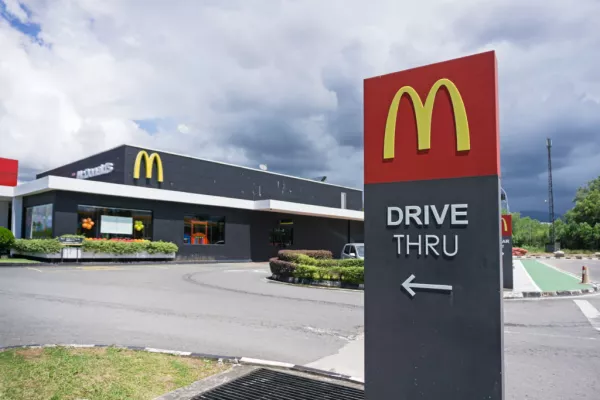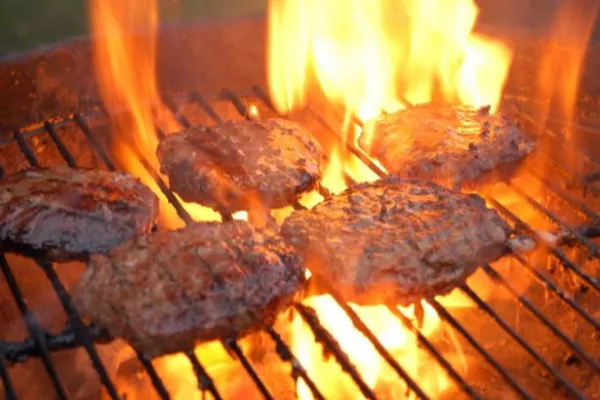These are troubling times for restaurant regulars like me in big cities such as New York and San Francisco.
Up and down Manhattan, storied dining rooms have closed their doors this year, from Isabella’s on the Upper West Side to Public in SoHo. The Lower East Side staple Schiller’s Liquor Bar, from restauranteur Keith McNally, will close in August, and one of the city’s most exquisite restaurants, Annisa, will be gone for good after this weekend. The Bay Area has also seen a spate of closings of such places as Rose Pistola, AQ, Oakland’s Hawker Fare, and the beloved Doughnut Dolly mini chain.
Invariably, the reason is the rising cost of doing business, whether it’s sky-high rents or expensive labor. But there’s also the shifting taste of diners. You can blame it on decreasing attention spans: Customers are turning away from traditional dining rooms to other formats, such as fast-casual spots or a seat at the bar. Sometimes, it’s both on the same night.
Meanwhile, my favorite bars have stayed solid. New York’s PDT, which helped put craft cocktails on the map in the U.S., remains packed 10 years in. Likewise, growth for the spirits sector has accelerated, according to the Distilled Spirits Council. Based on its 2016 Economic Overview, volume growth is up 2.4 percent and revenue growth increased 4.6 percent.
Says Jim Meehan, the bar manager and co-founder of PDT: “A few years ago, I started to hear from restauranteurs that their story line was changing from a restaurant with great drinks to a bar with great food.” Meehan notes the difference in margins. “A big part of it is financial. Cocktails have a much higher profit margin than food. Alcohol is nonperishable, and the risk in terms of cost diminishes.” While most bars have a profit margin in the high 20 percent, a fine-dining restaurant’s margin is lucky if it hits 15 percent.
Which brings me to Better Luck Tomorrow, a new restaurant-bar hybrid in Houston. It is the one place I most want to go eat—and drink—in the U.S. right now. The bar/restaurant is the collaboration of two industry superstars, chef Justin Yu and mixologist Bobby Heugel. Yu is a James Beard-winning chef who recently closed his tasting menu restaurant Oxheart; Heugel has done more to get great mescal and tequila into this country than almost anyone—among his terrific bars around Houston is Anvil, one of the best places to drink in the country.
If Better Luck Tomorrow (note the sweet BLT acronym) has to have a label, the two see it as a bar with strong food, although if it were possible to create a new classification, that would make them happier. Both emphasize the synergy between the bar and the kitchen at BLT. “If we get a whole bunch of fruit, I’ll make jam, and Bobby will figure out a cocktail for it,” says Yu. “The food and the bar are completely in sync.”
The place was in the works even before Yu decided to close the fine-dining Oxheart, a decision made not for lack of customers but rather out of boredom. “I wanted to be a better business person and to expand my audience,” he says. “When you only serve tasting menus and jewel-like dishes, you restrict your audience. This gives me a chance to broaden my range, to expand on the idea of what bar food can be. It’s like working a different set of muscles when you train.”
The cheerful, colorful BLT seats about 40, not counting a major patio scene. But of course I’m most interested in the food and drinks. Heugel has created 10 cocktails that riff on classics, and they’re all designed to pair well with food. Many have a notable food component in the drink recipe: Heugel makes the Salty Cat, a variation on the grapefruit-based Salty Dog, with gin and its own umeboshi, the Japanese salted plum. His Gibson includes a hit of pear liqueur, two kinds of pickled onion, and pickled green garlic for garnish. The Lucky Daiquiri is a mix of rum and raspberry with fragrant key lime.
Yu’s menu also has 10 dishes, a balance of bar food favorites and less traditional selections. His East Coast oysters are taken out of the shell and tossed with an intense nam prik and served with crackers. Charred peppers with hero dressing are another of the more unconventional dishes on the menu. And then there’s the patty melt. “I didn’t want to get into that burger argument,” Yu says. “So I went with my version of a patty melt. It’s got very soft caramelised onions—they’re almost French onion-soup style. The bread is heavily toasted with a crisp layer of cheese. The patty itself is cooked in oil and beef fat so it’s super crusty and greasy.”
Heugel told me an all-purpose spot makes sense for Houston. “Bars outside of high-density cities like San Francisco and Chicago can’t afford to specialize in just one thing, like tequila or tiki drinks. In New York, it’s easy to open a mescal bar when you have thousands of people moving through that neighborhood. Here in Houston, places have to appeal to people in multiple ways. We’re seeing lots of people in our industry who specialized in one thing moving to more well-rounded concepts.”
News by Bloomberg, edited by Hospitality Ireland
